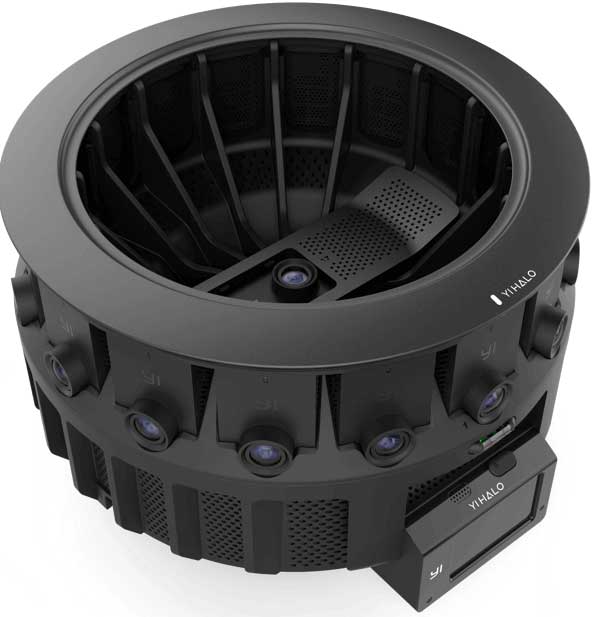Remember when cameras and things digital imaging related were a headline-making category at IT and consumer electronics shows around the world? Digital cameras were at the bleeding edge of CE technology.

Those days have gone. Digital cameras nowadays are regarded in the IT world as some kind of legacy technology, destined to be totally obsolete once one of those smartphones claimed to have ‘image quality equal to DSLRs’ actually lives up to the claim. (That will never happen, but digital true believers can’t be expected to know that.)
There was much less imaging technology on show at the annual CES show in Las Vegas in January than in the past 10 years or so, indicating that cameras and photography are once again a niche market. The 10-year affair with the old mainstream is over. Probably good news for specialist retailers as they watch the camera shelf space in the local CE store continue to shrink. Pity there are so few left standing to enjoy the more favourable trading conditions.
…Given the above, it was odd that Nikon would use CES as the platform to launch the the super-telephoto, FX-format AF-S Nikkor 180–400mm f/4E TC1.4 FL ED VR. The Australian Open may have been a more appropriate venue.
The 180-400mm checks in with a US$12K+ price tag, and a built-in 1.4x teleconverter that delivers a 252–560mm focal range, with the loss of just one f-stop.
No news on local release date.
Panasonic had just the one camera on its stand, the video-centric Lumix GH5S, which we write about here.
Action camera challenger Yi Technology (what price they buy GoPro?) had a whole range of cameras on display, from dash cams to high-end virtual reality capture.
YI showed (off) the Halo, an advanced 3D 360-degree camera with 17 integrated action cameras for full all-over coverage. YIkes!
Each camera has an f2.8 lens, a Sony image sensor and its own microSD card slot. Captured images are stitched in Google’s Jump Assembler for 8Kx8K resolution, while its 3D capture resolution is 2500×4400 pixels. (Shouldn’t that be 2500x400x???? pixels.) Each hour of captured footage generates half a terabyte of data.
Halo has an LCD touchscreen for direct control, or can be remotely operated via WiFi and a smartphone.
The Yi Halo is expected to command a price of around $17,000. As we have noted previously, there’s furious competition in this 360-degree VR ‘space’. But how many 360-degree cameras does the world actually need? Like 3D before it, VR seems to be being thrust upon an only mildly-curious public, rather than being developed to respond to overwhelming demand.
Now that the world is shooting jerky video on their tiny smartphones and actioncams, there is an overwhelming demand for stabilised video – you know, the kind of stability you could have once achieved with a decent camcorder.

The Removu K1 incorporates a gimbal directly into its compact 4K video camera. It captures 4K Ultra HD video at 40 fps and can take 12-megapixel still images.
With a motorised, 3-axis handheld gimbal (tilt, pan and roll stabilisation), small size an light weight the Removu K1 should create a fair bit of interest at its US$429 price point.
Wearable cameras were represented at CES by the Roader Time Machine, a small square camera worn on a lanyard. When you touch it, it captures the previous 10 seconds as well as the next 10 seconds. Which means it’s always capturing stuff – just not recording all of it. Resolutions is up to 1088×1088, with video being sent directly to a smartphone. It has an RRP of $199 and is expected to be on the market by around the middle of the year.
Polaroid featured the soon-for-these-shores OneStep2, based on the original OneStep camera that Polaroid introduced in 1977. Hey, if it’s good enough for Fujifilm to bring back Polaroid designs, I guess it’s OK for the company now known as Polaroid as well!)
The OneStep2 (which reminds me of that old limerick ‘OneOne was a racehorse, TwoTwo was one two…’ Don’t know it? Ask your father) features a USB-chargeable built-in flash and a lens that focuses from two feet to infinity. It takes both the new i-Type film and the original 600 film.
– And that was about it for image capture technology at the world’s premier annual consumer electronics show.





Be First to Comment